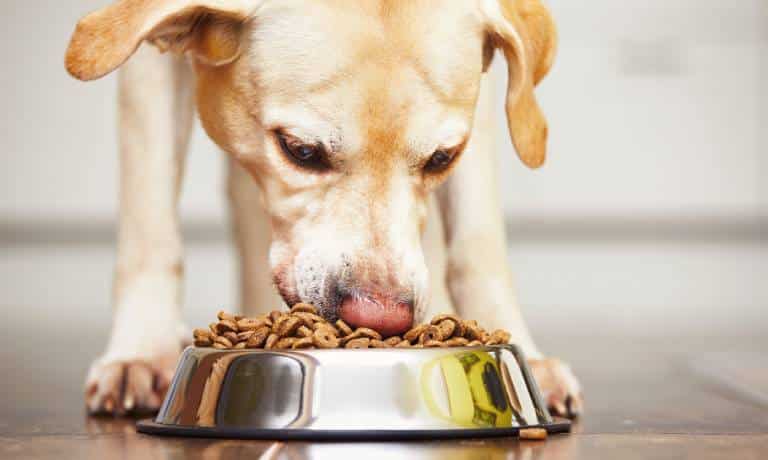
Pets, much like us, benefit greatly from dietary changes tailored to their unique needs. Whether addressing allergies, adapting to a different life stage, or simply seeking health improvements, switching their food can offer remarkable benefits. However, be sure to approach this transition gradually. We’ll break down the steps to ensure your furry friend stays healthy and happy during the change.
Determine the Proper Ratios
When switching your pet’s food, starting with the right ratios is important. To spread the transition over approximately 10 days, mix about 25 percent of the new food with 75 percent of the old food. Gradually increase the new food percentage every few days until it replaces the old food entirely. This helps your pet’s digestive system adjust without causing discomfort.
Observe Their Behaviors
Your pet can’t tell you if something feels off, so make sure you observe their behavior while transitioning their food. Look for energy levels, appetite, or resistance to eating. If your pet seems uncomfortable, consider slowing the transition.
For example, when you transition horses to a new feed routine, watch for any changes in their coat, decreased performance, and signs of colic such as pawing at the ground. Similar observation is beneficial for all pets, as these indicators can provide valuable insights into how your pet’s body is adjusting to the new food.
Be Patient
Patience is key when transitioning your pet’s food. Rushing the process might lead to digestive issues or rejection of the new food. Pets, like humans, need time to get used to new tastes and textures. Depending on your animal and their signs of adjustment, it could take over a month to fully transition to a new pet food. During this period, be attentive and adaptable, ready to pause or extend the transition if necessary.
Listen to Vet Recommendations
Veterinarians are your best resource for guidance during food transitions. They can provide valuable insights and make knowledgeable diet recommendations for changing life stages or nutritional needs. Whether adjusting the feeding schedule or choosing the right food type, their advice can make a big difference in the transition process. Trust their expertise to ensure your pet’s well-being during dietary changes.
A smooth transition of your pet’s food is essential for their health and happiness. Follow these steps to make the process easier for you and your furry friend. For specialized guidance, contact your vet for additional support.





